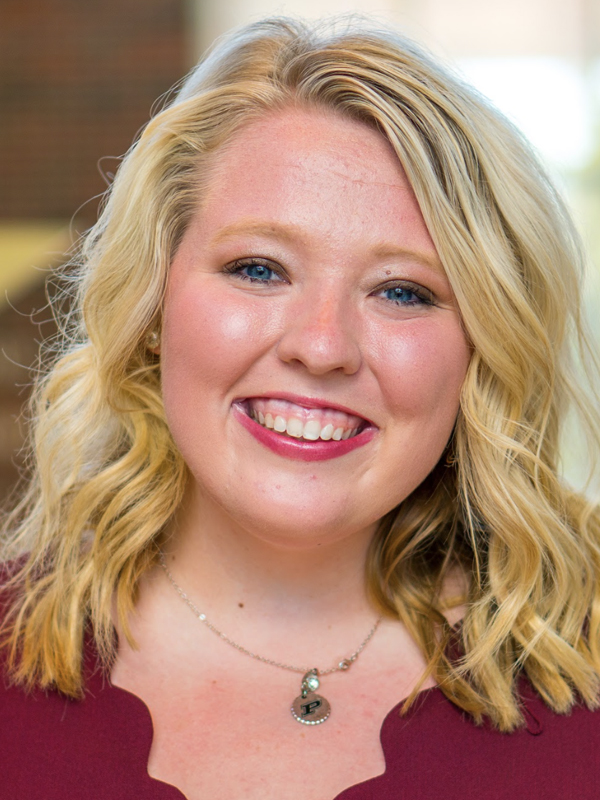Visionaries: Bringing the cutting edge to middle school
As our team sat down with Krishna Nemali, we began asking him about his story and work at Purdue University. As he spoke, it became clear that every positive thing he said was about someone else. Whether it was the farmers he works with in extension or his graduate students and their research, Nemali always shone the spotlight on others.
Nemali exemplifies true selflessness. He invests in his students by giving them opportunities to shine and grow throughout their Purdue career. It was apparent throughout our conversation, that he wants the best for them — which is why he was so eager to share their stories rather than his own.Nemali has diverse interests. He works with Purdue Extension, which influences both local agricultural producers and elementary school students. He also works hard to create innovative technologies that will benefit both producers and consumers by improving sustainability.
While preparing for the interview and video process, Nemali told all of us that he wanted the videos to focus on the students. Everything he said, he somehow made a point to praise a student’s work and their future in the agriculture industry.
Nemali is beyond passionate about his own work. Anyone who speaks to him can see the sparkle in his eye when he begins sharing the work that his students are doing. But his true passion is investing in others, whether it is farmers, students, or extension educators.Meet the Filmmaker/Blogger
 Emily Dougherty
Emily Dougherty About Visionaries
This blog and video are part of the Visionaries series, which highlights the work and lives of researchers in the Purdue University College of Agriculture. The content for this series is created by the students of ASEC 280 (Digital Storytelling).
Explore other videos and blogs created by our student-filmmakers
Videos are also available on the Purdue Agricultural Sciences Education and Communication YouTube channel





